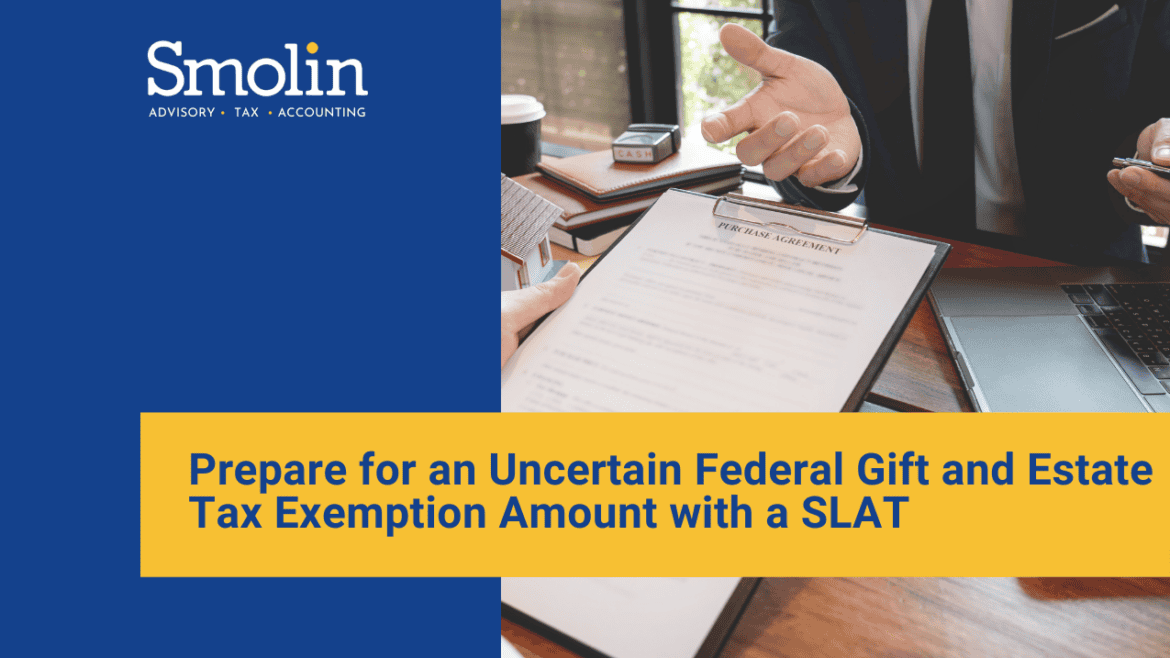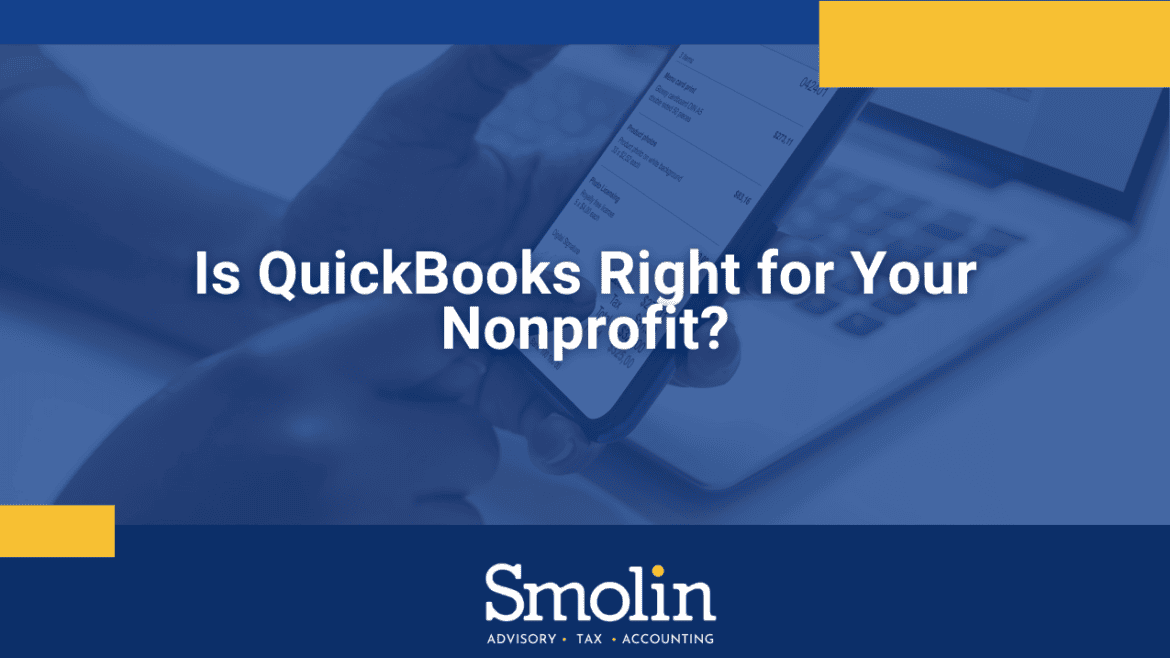If you play a major role in a closely held corporation, you might occasionally spend personal funds on corporate expenses. Unless you take the necessary steps, these expenses could end up being nondeductible by either an officer or the corporation. This issue is more likely to occur with a financially troubled corporation.
What can’t you deduct?
Generally speaking, you’re not allowed to deduct an expense incurred on behalf of your corporation, even if it’s a legitimate “trade or business” expense, even if the corporation is struggling financially.
This is because taxpayers are only allowed to deduct expenses that are their own. Since your corporation’s legal status as a separate entity must be respected, its costs aren’t yours and can’t be deducted even if you pay them.
To further complicate matters, the corporation typically won’t be able to deduct these expenses because it didn’t pay them on its own.
It’s important to note that it should be a practice of your corporation’s major shareholders or officers to not cover corporate expenses.
Which expenses may be deductible?
Alternatively, suppose a corporate executive incurs expenses that relate to an essential part of their duties as an executive. In that case, they may be deductible as ordinary or necessary expenses related to the “trade or business” of being an executive.
Suppose you want to create an arrangement that provides payments to you and safeguards their deductibility. In that case, a provision should be included in your employment contract with the corporation explicitly outlining the expenses that are part of your duties and authorizing you to incur them.
An excellent example of this kind of agreement would be out-of-town business conferences on the corporation’s behalf, where you would spend personal funds to do your work.
What’s the best alternative?
To avoid the complete loss of any deductions by the corporation or yourself, you should create an arrangement in which the corporation reimburses you for any relevant expenses you incur.
Provide receipts to the corporation and use an expense reimbursement claim form or system so that your corporation can deduct the amount of money they’ve reimbursed you.
Have questions? Smolin can help
If you want to know more about how to set up reimbursement arrangements at your corporation, or you have questions about deductible business costs, contact our professional team at Smolin, and we’ll walk you through the process.





